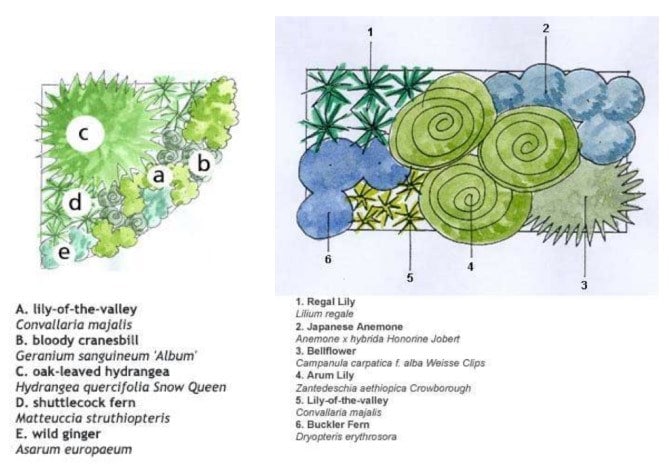How to grow hardy ferns

The truth is, hardy ferns are much easier to grow than their reputation would have us believe. They are also a varied group, with some that can tolerate a range of conditions, so you can grow hardy ferns all around the garden. In my garden, I have ferns growing all over the place; in beds and borders, as shady groundcover, in nooks and crannies, in walls – even in containers and around the patio. Having said that, there is no getting away from the fact that most hardy ferns do best in shade. But this puts them at a distinct advantage, since every garden has at least some shade and the darkest, dankest corners are usually the most difficult to plant successfully.
You can grow the male fern, buckler fern and hart’s tongue fern in a sunny border cheek-by-jowl with regular border plants, provided the soil doesn’t dry out in summer. Choose thicker-leaved hardy ferns, avoiding the delicate-fronded species, such as lady ferns and maidenhairs, which will scorch if exposed to too much direct sunlight. In a shady spot, your choice of suitable candidates is much wider. Here you can combine a range of different ferns to a good effect. Try partnering upright shuttlecock forms with low-spreading tufty types, as well as, clump-forming ferns to bind the combination together.
Hardy ferns are really niche plants and the trick is to carefully match the fern to the planting site. Alongside ponds and streams, for example, the impressive shuttlecocks of the royal fern can look marvelous, while in nooks and crannies of a tumble-down wall polypodiums are among the easiest to get established. In a windowbox or containers on the shady side of the house, try one or two dryopteris ferns that are more tolerant of drier conditions…and in a boggy corner, the flamboyant ostrich fern (Matteuccia struthiopteris) would be a good choice since it will soon spread by underground stems and form majestic clumps.

Planting ferns
Hardy ferns like a well-cultivated normal garden soil that has been enriched with lashings of well-rotted organic matter – leafmould is ideal, but well-rotted garden compost would be fine too. You can plant pot-grown specimens at any time of the year that the soil is not frosted or waterlogged. Water the plants well in their pots and water again after planting. If planting in the summer, water the planting hole, too, before positioning the rootball in the hole. Mulch the soil with a generous layer of well-rotted organic matter, taking care not to pile it against the crowns.
Border ideas using hardy ferns [source: Crocus.co.uk]

Happy gardening!
